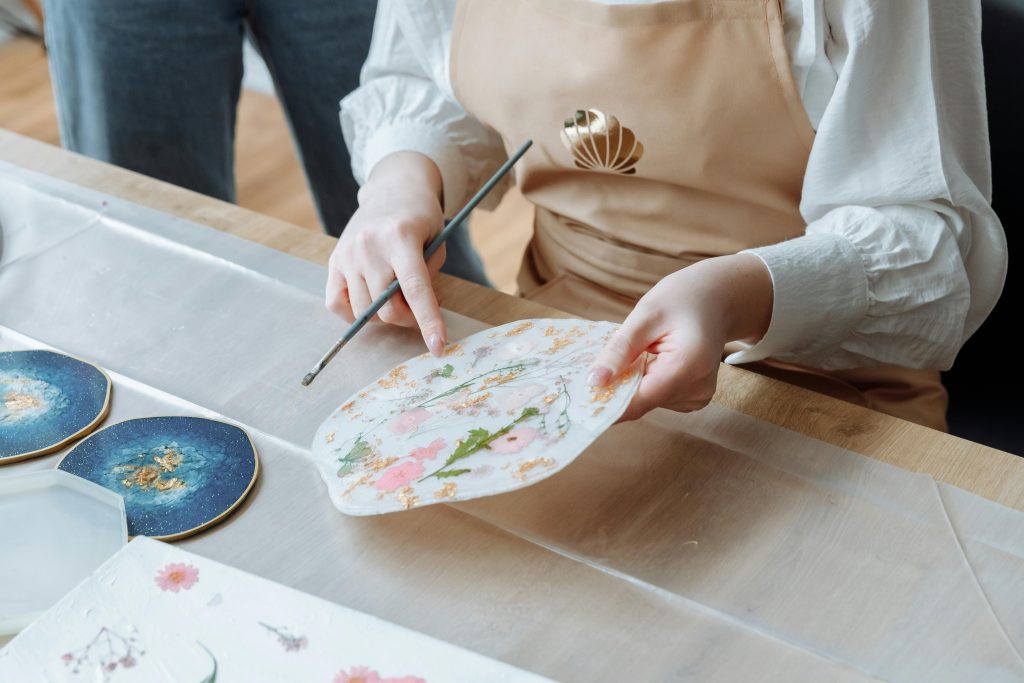Table of Contents
Choosing an art school is a significant decision for aspiring artists and creatives. It involves considering various factors, from program offerings to campus culture, that can shape your artistic development and future career. This article aims to guide prospective students through the process of selecting the right art school program and thriving as a creative.
Understanding Art School Programs
Art schools offer diverse programs catering to different artistic disciplines, including fine arts, graphic design, illustration, animation, fashion design, and more. Each program has its unique curriculum, faculty expertise, facilities, and artistic focus. Understanding these aspects is crucial in choosing a program that aligns with your artistic goals and aspirations.

Factors to Consider When Choosing an Art School Program
1. Program Specialties and Concentrations:
- Research the specialties and concentrations offered by art school programs. Determine if the program focuses on your preferred artistic discipline (e.g., painting, sculpture, digital media) and whether it offers opportunities for interdisciplinary exploration.
2. Faculty Expertise and Mentorship:
- Investigate the faculty members’ backgrounds, expertise, and industry experience. Faculty mentors play a crucial role in providing guidance, feedback, and networking opportunities. Look for programs with professors who align with your artistic interests and can support your creative growth.
3. Curriculum and Course Offerings:
- Review the curriculum and course offerings to ensure they cover foundational skills, advanced techniques, and contemporary practices in your chosen field. Evaluate opportunities for hands-on studio experience, workshops, and collaborative projects that enhance your artistic development.
4. Facilities and Resources:
- Visit or explore the art school’s facilities, including studios, labs, exhibition spaces, and digital resources. Access to state-of-the-art equipment, tools, and materials can significantly impact your ability to explore and realize artistic ideas.
5. Campus Culture and Environment:
- Consider the art school’s campus culture, artistic community, and student life. Evaluate whether the environment fosters creativity, collaboration, and diversity. Attend campus tours, open houses, or student events to get a feel for the community and determine if it aligns with your values and interests.
6. Alumni Success and Industry Connections:
- Research alumni success stories and their achievements in the artistic and creative industries. Consider art schools with strong industry connections, internship opportunities, and alumni networks that can provide valuable career insights and pathways.

Tips for Choosing the Right Art School Program
1. Define Your Artistic Goals:
- Clarify your artistic goals, interests, and career aspirations before researching art school programs. Determine whether you seek a traditional fine arts education, specialized training in a specific medium, or a multidisciplinary approach.
2. Research Extensively:
- Explore multiple art schools and programs to compare offerings, faculty, facilities, and curriculum. Attend portfolio reviews, information sessions, or virtual tours to gather firsthand information and insights.
3. Prepare Your Portfolio:
- Develop a strong portfolio showcasing your artistic skills, creativity, and potential. Tailor your portfolio to align with the requirements and focus of each art school program you apply to.
4. Seek Guidance and Feedback:
- Seek advice from mentors, art teachers, or professionals in the field who can provide feedback on your portfolio and offer insights into choosing the right art school program.
5. Visit Campuses and Attend Events:
- Visit art school campuses, attend open houses, exhibitions, or student showcases to experience the atmosphere and interact with faculty and current students. Ask questions about the program, facilities, and student experiences to make informed decisions.
Thriving as a Creative in Art School
Once enrolled in an art school program, thriving as a creative involves proactive engagement, continuous learning, and artistic exploration:
1. Embrace Creativity and Experimentation:
- Embrace opportunities to experiment with new techniques, mediums, and artistic approaches. Take risks, challenge yourself creatively, and explore diverse perspectives and influences.
2. Build Relationships and Collaborate:
- Network with fellow students, faculty, visiting artists, and industry professionals. Collaborate on projects, participate in critiques, and attend workshops or artist talks to expand your artistic horizons and gain valuable insights.
3. Seek Feedback and Growth Opportunities:
- Actively seek constructive feedback from faculty and peers to refine your artistic skills and concepts. Participate in portfolio reviews, exhibitions, or competitions to showcase your work and receive recognition.
4. Take Advantage of Resources and Support:
- Utilize art school resources, including studios, equipment, libraries, and career services. Seek guidance from academic advisors, career counselors, or mentors to navigate academic challenges and career planning.
5. Stay Inspired and Evolve:
- Stay informed about contemporary art trends, exhibitions, and cultural events. Visit galleries, museums, and artist residencies to stay inspired and evolve your artistic practice over time.

Conclusion
Choosing the right art school program involves careful consideration of program offerings, faculty expertise, facilities, and campus culture. By defining your artistic goals, conducting thorough research, and actively engaging with the artistic community, you can select a program that nurtures your creativity and prepares you for a successful career in the arts. Embrace the opportunities for artistic growth, collaboration, and self-expression offered by art school, and embark on a fulfilling journey towards realizing your artistic aspirations and contributing to the vibrant world of contemporary art.